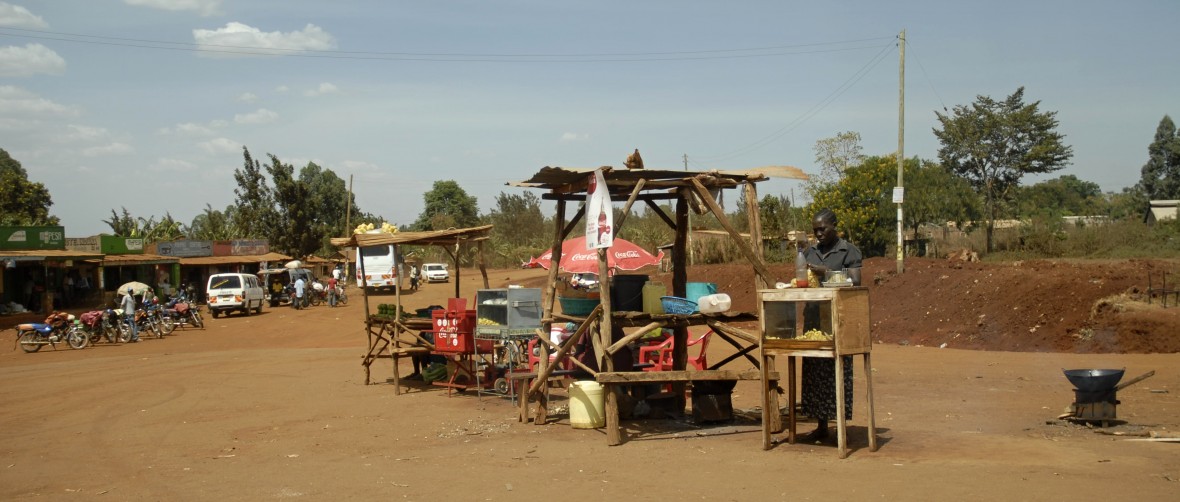By Katie Mcevinney
• Women represent 43% of the agricultural workers in developing countries, according to the Food and Agriculture Organization of the United Nations.
• If these women had the same productive resources as men, including access to better mobile services and technology, they could increase profits on their farms by 20–30 percent.
• This could raise total agricultural output in developing countries by 2.5–4%, which could in turn reduce the number of hungry people in the world by 12–17%.
• These gender-specific constraints limit women in adapting to new technologies and restrict growth and improvements in livelihoods.
It has often been noted that there is a wide gender gap between male and female mobile users in the developing world. In terms of accessibility and usability, women can feel ‘overlooked’ and ‘undervalued,’ according to the Mobile for Development Programme. And as a result, organisations fail to maximise potential users in half of the market, which also causes several problems at societal level for women. It contributes to fewer opportunities, few profits and fewer chances for an increased quality of life.
This might seem absurd when in terms of agriculture, women make up nearly half of the global workers, and although farmers in general lack access to crucial information, data and services needed to succeed, women are not even being recognised as a significant proportion of that industry.
However, the Mobile for Development Programme, mAgri in collaboration with mWomen, has been focusing on this issue of gender inequality, and has mapped out the distinct challenges women in agriculture face. The programme has underlined the best ways to represent the need for more mobile services aimed at women.
The Women in Agriculture: Toolkit details how to represent rural women when designing or implementing mobile services and products, by underlining successful examples that have been aimed at, or received well by women in the developing world. By including the interests of women in the design stage, and by incorporating this feedback into the software of mobile applications and services, the gender gap can be tackled.
When women in agriculture have greater access to new technology and mobile services, and feel included in the mobile revolution, then the overall productivity and livelihoods of farmers will continue to increase. The benefits will be great for women, and everyone in the developing world.

